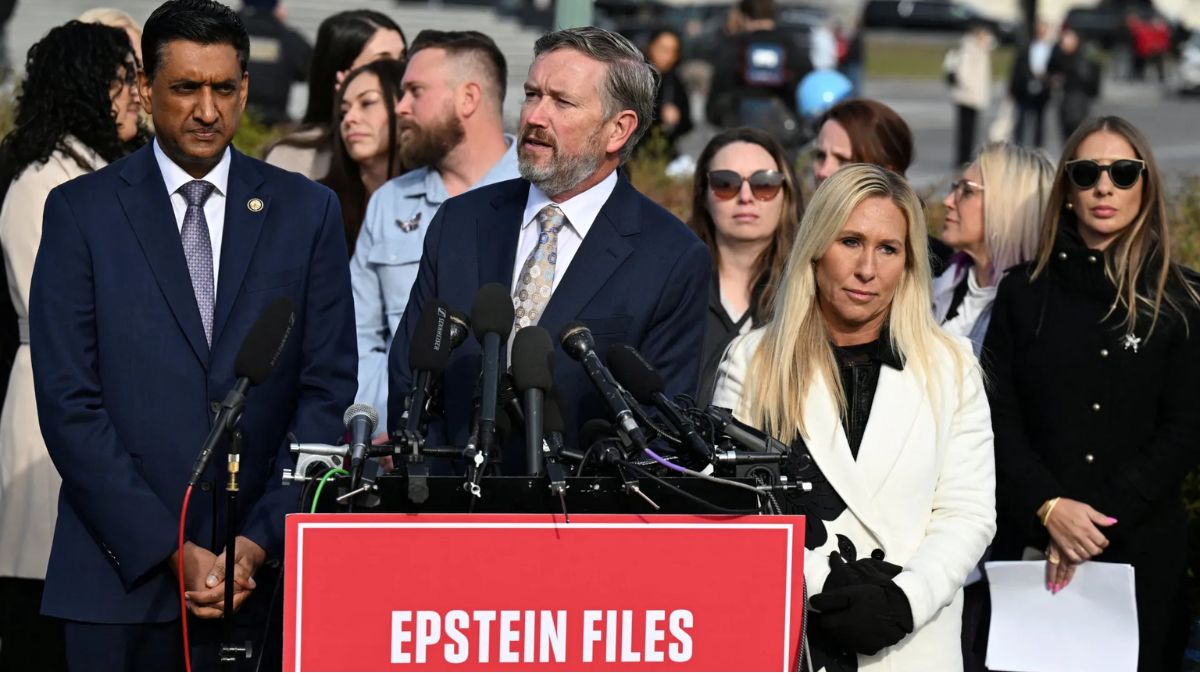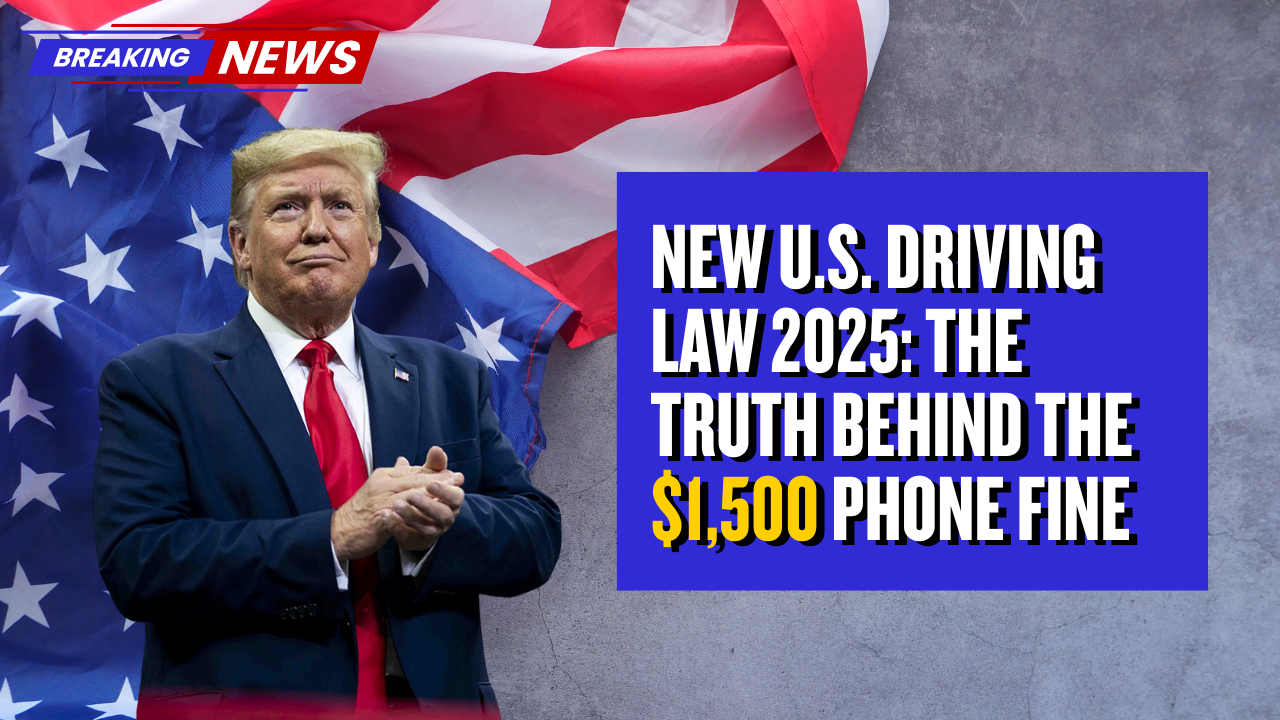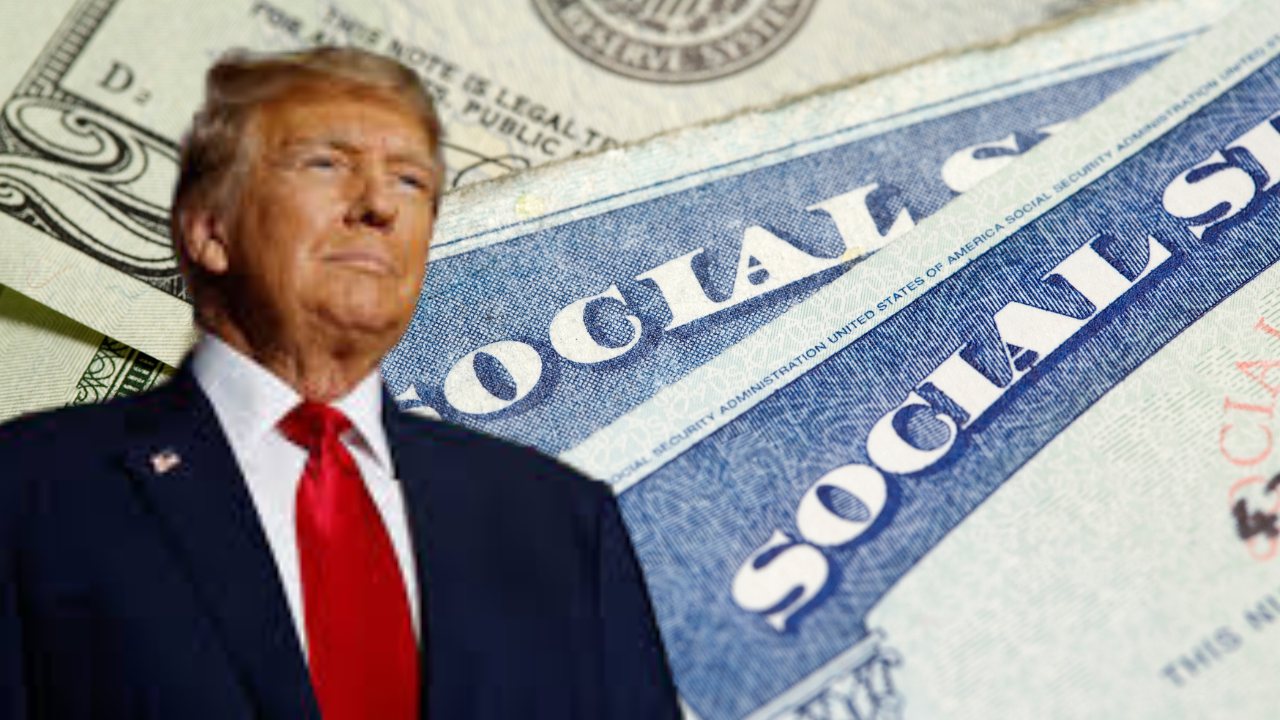President Donald Trump has proposed giving Americans a “dividend stimulus check” of at least $2,000 per person, funded by federal revenue collected from tariffs on imported goods. The idea, shared on his personal social media accounts, has immediately sparked national debate — but many of the details remain unclear.
No Formal Bill Yet, and Many Questions Unanswered
At this point, no official legislation has been introduced in Congress to outline how the plan would work. That means key details — including who qualifies, how payments would be issued, and when they would arrive — remain unknown.
Treasury Secretary Scott Bessent added further uncertainty, explaining that payments “could come in many forms,” not necessarily as physical checks. The benefit could instead be delivered through:
- Tax credits
- Tax deductions
- Adjustments to future refunds
- Or a combination of methods
Without a detailed bill, the proposal is still conceptual rather than guaranteed.
How the Checks Would Be Funded
Trump’s plan centers on money collected through tariffs on imports. According to federal data, the U.S. generated around $195 billion in tariff revenue in fiscal year 2025, up to September 30. This revenue is being discussed as the financial base for the proposed payments.
But economists warn the usable net revenue may be much lower because:
- Tariffs can reduce trade flows
- Companies can request refunds
- Legal challenges can delay or erase collections
Economists also point out that issuing $2,000 payments to roughly 150 million adults would cost more than $300 billion, far exceeding the tariff revenue available.
Potential Eligibility Requirements
While nothing is final, reports suggest the proposal may target middle- and lower-income households.
A frequently discussed idea is an income cap of $100,000 per household, meant to exclude high-income earners. This threshold has not been formally confirmed and could change if legislation is introduced.
Unanswered eligibility questions include:
- Would the payment be issued per adult or per household?
- Would dependents receive payments?
- Would joint filers receive a larger total?
Based on the $100,000 household income assumption, economists estimate 60% of U.S. households — about 77 million families — could qualify.
Legal and Financial Hurdles
The proposal also faces legal uncertainty. The U.S. Supreme Court is currently reviewing the legality of certain tariffs imposed using the International Emergency Economic Powers Act (IEEPA). If the Court limits or overturns those tariffs:
- The government may have to refund importers
- Revenue for the stimulus checks could disappear
- The proposal’s financial foundation could collapse
What Happens Next?
Since no bill has been introduced, the proposal is not active federal policy, and no payments are scheduled. Congress would need to approve:
- Funding
- Eligibility rules
- A distribution method
- Oversight and enforcement
Until then, the idea remains a political proposal — not a guaranteed benefit.



